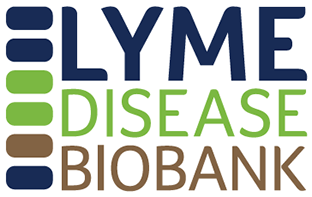 Sunday, August 26th is NATIONAL DOG DAY and in honor of our furry four-legged friends, we wanted to share some tips and tactics for keeping you and your pet safe.
Sunday, August 26th is NATIONAL DOG DAY and in honor of our furry four-legged friends, we wanted to share some tips and tactics for keeping you and your pet safe.
Lyme disease is on the rise — the geographic range and prevalence of Lyme-carrying ticks have expanded significantly in recent years, potentially due to climate change as well as many other factors. Here on the West Coast, temperate conditions mean that Lyme disease is almost a year-round (versus seasonal) threat.
Black-legged ticks prefer shaded, moist ground and leaf litter, but they can also be found clinging to tall grasses, brush, and shrubs. Ticks also inhabit gardens and lawns, particularly at the edge of wooded areas, around stone walls, and anywhere deer and white-footed mice (their most common animal hosts) might travel.
It is almost impossible to completely prevent an outdoor pet (or a human) from any tick encounters, there is simply too much exposure to natural tick habitats just outside our back doors. That being said, there are many simple things you can do to help reduce the risk of Lyme disease for you and your pet. Here we share some tips and some answers to the most commonly asked questions.

 The following is a guest post by one of our esteemed Advisory Board members,
The following is a guest post by one of our esteemed Advisory Board members,  The national
The national  Liz Horn, PhD, MBI,
Liz Horn, PhD, MBI, Spreading awareness about Lyme and tick-borne infections among high-risk groups has been a key objective for our growing education outreach program at
Spreading awareness about Lyme and tick-borne infections among high-risk groups has been a key objective for our growing education outreach program at  Lyme disease is a nationally notifiable disease, recognized and tracked by the federal government
Lyme disease is a nationally notifiable disease, recognized and tracked by the federal government  This week, we feature a guest post from
This week, we feature a guest post from  Sharane Dorrah is on a mission … A passionate hiker, mountain biker, skier, and general outdoors enthusiast who suffered years of debilitating illness due to the unfortunate bite of a Lyme-infected tick, Sharane is determined to ensure that the rest of the world avoid her nightmare through greater awareness and protection.
Sharane Dorrah is on a mission … A passionate hiker, mountain biker, skier, and general outdoors enthusiast who suffered years of debilitating illness due to the unfortunate bite of a Lyme-infected tick, Sharane is determined to ensure that the rest of the world avoid her nightmare through greater awareness and protection.